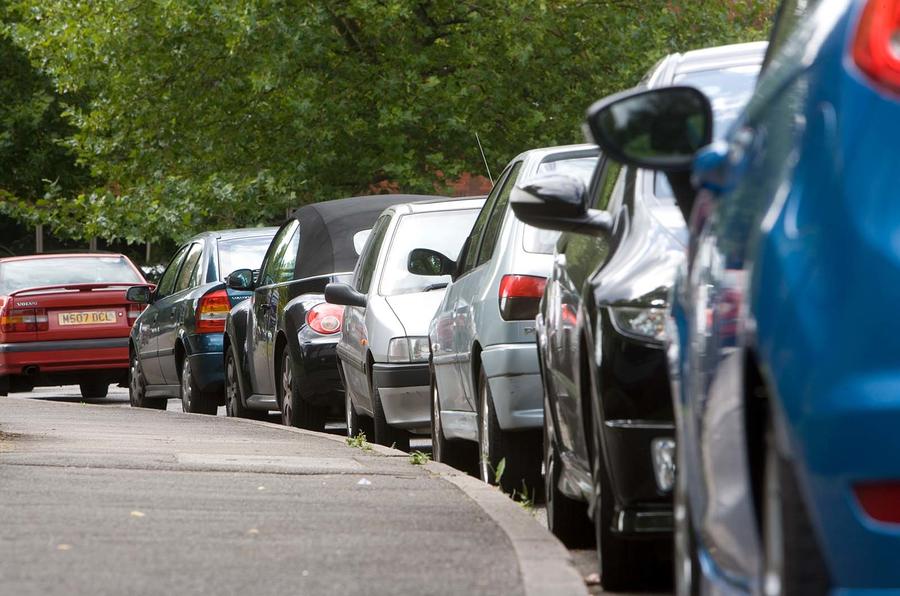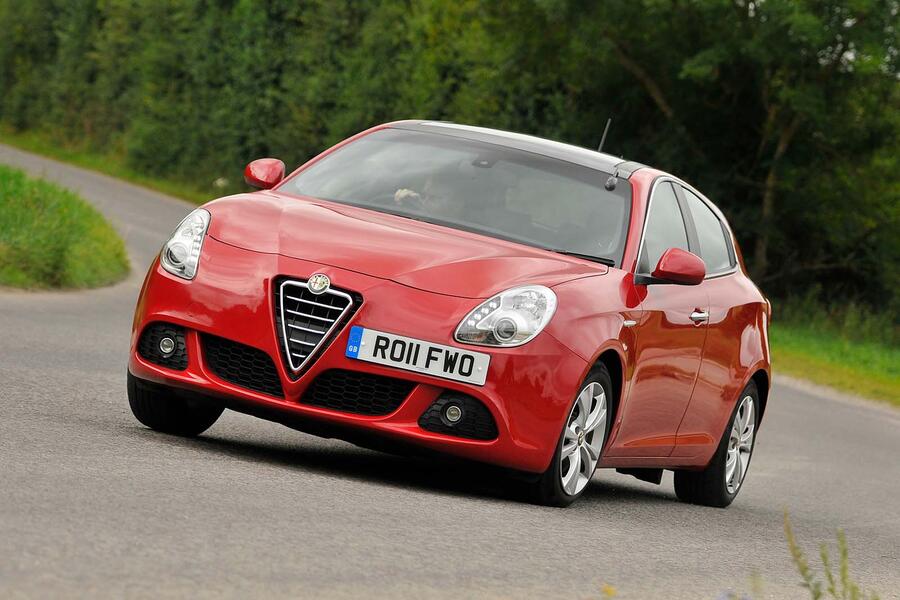A significant surge in the number of cracked tyres being reported – some with potentially dangerous faults – has been blamed on the pandemic.
Modern tyres contain waxes and chemicals to protect them from the damaging effects of ultraviolet light and extremes of temperature, and as a vehicle is driven, these substances migrate to the tyre’s surface to keep the rubber supple.
However, with the outbreak of Covid in early 2020 and the ban on all but essential travel that followed it, vehicles were parked up en masse, often for several weeks.
With these vehicles being left unused, the protective chemicals in their tyres’ sidewalls were no longer replenished, leaving them vulnerable.

Jump forward 18 months and today vehicle owners and garages are reporting an increase in cracked and damaged tyres. Much of the evidence is anecdotal, but garage chain Kwik Fit is one major company that has figures to back up its claim that tyres are suffering the after-effects of Covid.
A spokesman told Autocar: “During the pandemic, we saw the number of tyres showing signs of sidewall cracking increase significantly.
“Compared with 2018, the proportion of tyres we inspected in 2021 showing premature cracking rose by more than 50% and in 2022 spiked to nearly double the 2018 figure.
“As premature cracking on mounted tyres is typically a result of underuse, it would seem that the pandemic has been a factor, with many cars being used very little, if at all, for months on end.”
MOT test results analysed by the RAC appear to support Kwik Fit’s claim. While the main causes of test failures have remained consistent over many years, the proportion of tyre failures reported in the 12 months to March rose slightly from 10% in 2018-19 to 12% in 2021-22.









Join the debate
Add your comment